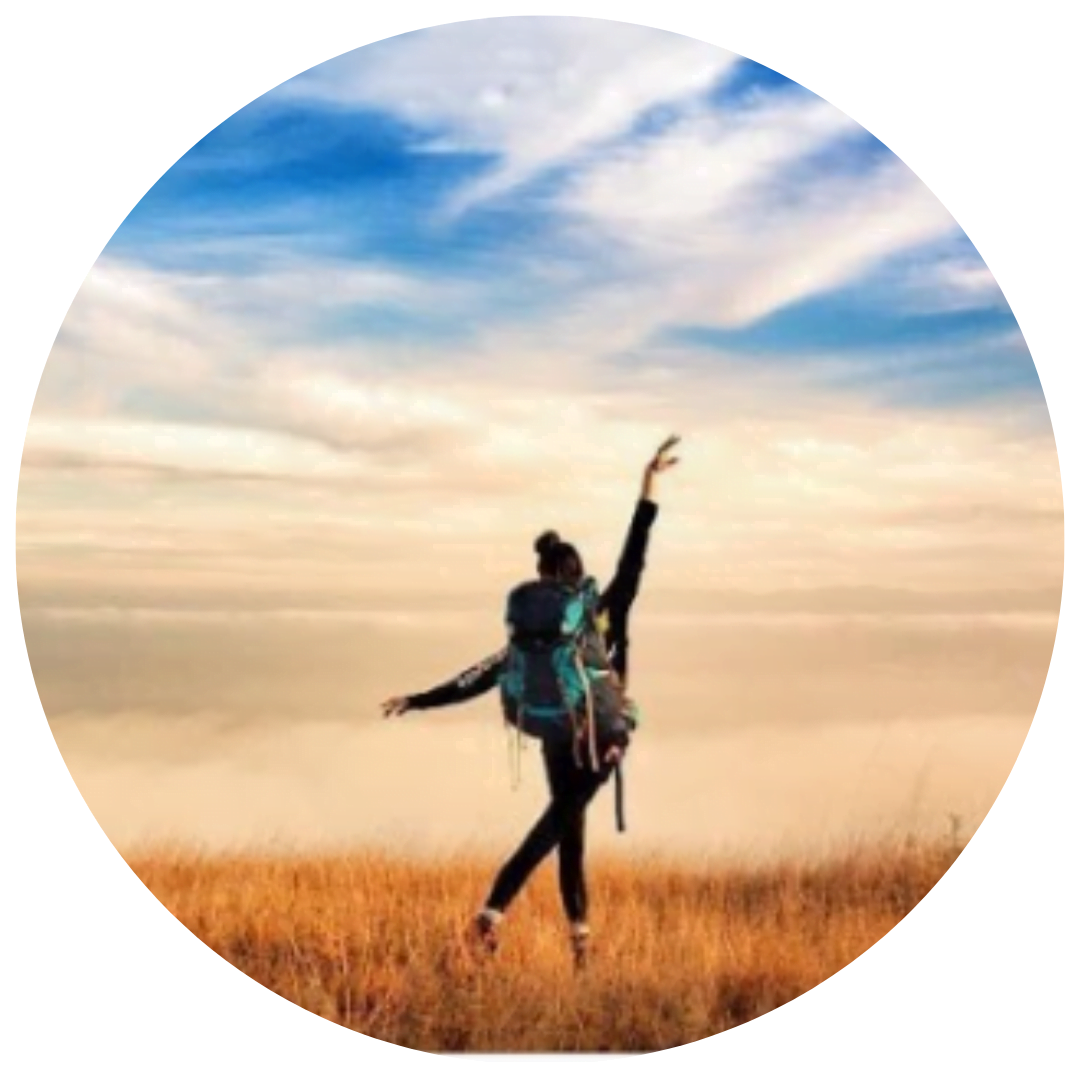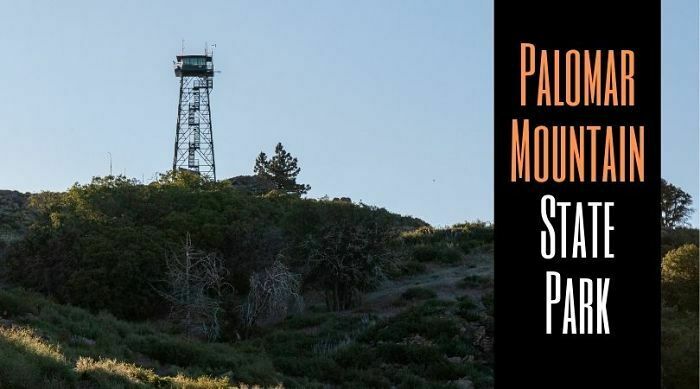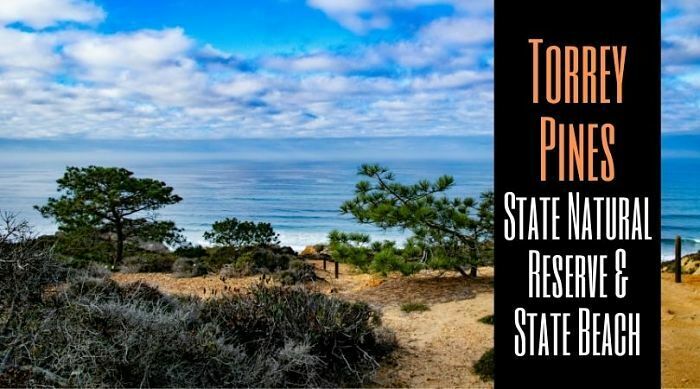In Southern California stretching from the San Diego area up to Anza Borrego is the wildlife haven of the Cleveland National Forest. This wilderness area spanning over 460,000 acres in size was created on July 1, 1908. On that date President Theodore Roosevelt officially consolidated the Trabuco Canyon National Reserve and San Jacinto National Reserve into one entity and named them after former president Grover Cleveland.

About Cleveland National Forest
Since its inception, the Cleveland National Forest has been a mecca for hikers, horseback riders, mountain bikers and campers. The Pacific Crest Trail, which spans the United States from Mexico to Canada starts out thru-hiking right through the chaparral lined hills of the Cleveland National Forest. Those who are into off-roading vehicle fun will find numerous tracks to explore in the Corral Canyon and Wildomar Off-Highway Vehicle Areas. Besides that there is a wide selection of campgrounds and dispersed camping to enjoy.
This unique forest is home to over twenty two endangered species. Among the pines, you will encounter mountain lion tracks, small yet fierce bobcats, mule deer, perhaps hear the howl of a coyote, or the yelp of gray foxes, numerous jackrabbits, desert cottontails, feisty California ground squirrels, and many other small species! With all those magical creatures I can not talk about this area and not mention that the Cleveland National Forest is also sadly the home to the largest fire in California history. But the beauty is still very much alive as the wilderness heals itself and all its visitors.
Are you interested in visiting yet? Here is all you need to know before packing your tent, your sleeping bag, and your adventure pants and heading out to Cleveland National Forest.
See The Best National Parks In California
Dispersed Camping
The first thing you might be asking yourself when reading dispersed camping is, what exactly is dispersed camping anyways? According to Wikipedia, “Dispersed Camping is the term given to camping in the United States on public land other than in designated campsites. This type of camping is most common on National Forest and Bureau of Land Management land.” Or in layman’s terms, it is camping anywhere outside of a designated campground.
Dispersed camping is my very favorite way to camp. Although, admittedly, it is perhaps much harder work to camp. In the Cleveland National Forest there are endless opportunities to disperse camp. Peppered along trails you can find lovely flat areas with beautiful views to wake up to. But how do you pick a good spot to pitch the tent? Well, here are some tips:
- First, a great general rule is to camp 100-200 feet away from any road, trail, or water source. This protects wildlife and water reserves from human contamination.
- Oftentimes you can visibly see a previously used campsite. The ground is often clear of debris such as rocks, pine cones, etc. and sometimes rocks are used to create a boundary. I highly recommend using that site to minimize impact to the area.
- Think about the weather. If it is going to be windy you definitely do not want to be exposed on a ridge or barren landscape. Try and tuck away in a canyon or next to a wind break of some sort. Forest canopies can create shade for hot summer nights as well as insulation if it’s cold.
- If you’re in bear territory, remember that dispersed camping will not come with bear lockers to keep you and your items safe. Bring odor-proof storage for your food like a bear canister or bear bag, and store food away from your camp.
- Please be mindful that wood or charcoal fires are never allowed outside of developed campgrounds or picnic sites
Another bonus about dispersed camping in the Cleveland National Forest is: it is free! Kind of. If you happen to drive to the trailhead in a car you will need to pay for a parking pass. I will go more into that later.
Campgrounds
Inside the vast Cleveland National Forest are five different camping areas. The Corral Canyon OHV Area, Laguna Mountains Area, Mt. Palomar North Side Area, Ortega Highway Area, and the San Mateo Wilderness South Area.
The Corral Canyon OHV Area has three campgrounds:
- Bobcat Meadow Campground
- Corral Canyon Campground
- Boulder Oaks Campground
The Laguna Mountains Area has three campgrounds:
- Burnt Rancheria Campground
- Cibbets Flat Campground
- Laguna Campground
The Mt. Palomar North Side Area has five campgrounds:
- Dripping Springs Campground
- Indian Flats Campground
- Oak Grove Campground
- Fry Creek Campground
- Observation Campground
The Ortega Highway Area has four campgrounds:
- Blue Jay Campground
- El Cariso Campground
- El Cariso Visitor Center
- Upper San Juan Campground
The San Mateo Wilderness South Area has just one campground:
- Wildomar Campground
Cleveland National Forest Passes and Permits
Cleveland National Forest is part of what is called the Recreation Fee Program. According to the USDA Forest Service website this adventure pass helps:
- Conserve, protect, and restore natural and cultural resources
- Enhance recreation opportunities by funding trail maintenance, upgrades, safety features, clean facilities, and new developments
It basically ensures the wilderness area stays protected and helps to continue conservation efforts to protect our public lands. Plus the Adventure Pass gives you access to hike, bike, fish, climb, camp and so much more in nature.
There are a few ways to obtain a pass and a few things you need to know about needed permits.
- The best deal if you find yourself wanting to spend many days and nights in the Cleveland National Forest is to purchase the annual pass. This pass is $30 and good for the entire year from the date of purchase. So think April to April type timeline. It covers one car with up to four adults.
- Have more than one car? A secondary pass can be used in conjunction with the Annual Pass for a fee of $5 for the second car. This pass is good for the entirety of the Annual Pass.
- If you are just wanting to spend the day you can get a Day Pass good for 24 hours for just $5.
- A Wilderness and Visitor Permit is required for overnight camping or hiking in areas outside of established campgrounds.
- Most of the established campgrounds are on a first-come, first-serve basis. Popular weekends means if you do not arrive early you most likely will not find a site. However you can try and reserve ahead of time. For reservations, visit www.recreation.gov or call 1-877-444-6777.
- Be aware that campsites will vary in price and capacity. If not dispersed camping you will most likely pay a user fee.
Passes and permits can be obtained in person at a ranger office, at a local vendor or online at https://www.recreation.gov
Cleveland National Forest holds a special place in my heart since I got to experience it’s beauty while hiking the Pacific Crest Trail. I really hope you get out to explore and camp and take in all it has to offer.
Happy adventures!
See The Best State Parks In California
Related Articles
| Sitton Peak Day Hike | Black Star Canyon |
| Campgrounds In Orange County | Anza Borrego |
| Hiking & Biking Trails In Orange County | Palomar Mountain State Park |




